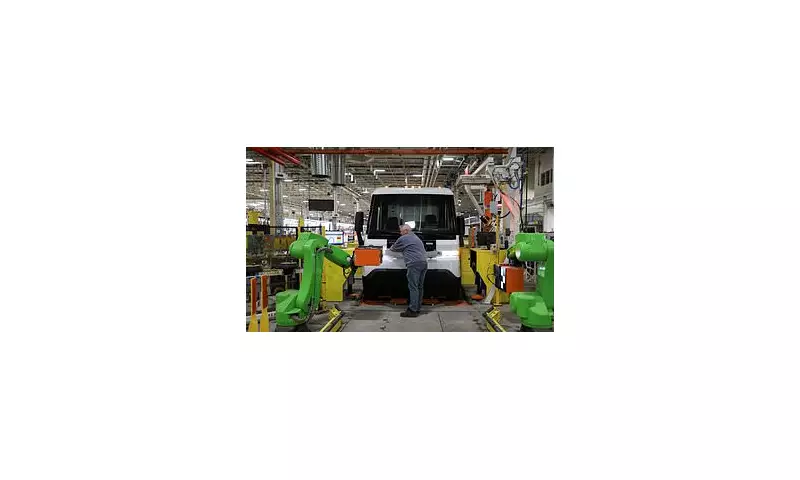
In a significant blow to America's automotive heartland, General Motors has confirmed plans to eliminate approximately 2,300 positions across manufacturing plants in Michigan and Ohio. The sweeping cuts mark another pivotal moment in the industry's dramatic transformation toward electric vehicles.
The Human Cost of Automotive Evolution
The layoffs, affecting nearly 1,300 workers at GM's Lansing Grand River Assembly plant in Michigan and over 1,000 at the Toledo Transmission facility in Ohio, reflect the harsh realities of changing consumer preferences and corporate strategic shifts. Both plants have been pillars of their local economies for generations.
"This is devastating news for working families across the Midwest," said United Auto Workers President Shawn Fain in a strongly worded statement. "While corporations post record profits, it's always the workers who bear the brunt of these transitions."
Behind the Strategic Decision
Company executives point to slowing sales of the Chevrolet Camaro and Malibu—models produced at the affected facilities—as primary drivers behind the workforce reduction. The automotive giant is simultaneously accelerating its $35 billion investment in electric and autonomous vehicle development.
Industry analysts note that GM's restructuring mirrors broader trends across the automotive sector. "We're witnessing the most significant industry transformation since the assembly line," explained automotive analyst Rebecca Thornton. "Traditional manufacturing jobs are being reconfigured for the electric age, and unfortunately, that transition comes with considerable pain."
Economic Ripple Effects
The layoffs are expected to create significant economic challenges for the affected regions:
- Local businesses dependent on factory workers' spending
- Municipal tax revenues facing potential shortfalls
- Housing markets in plant-adjacent communities
- Secondary suppliers throughout the automotive ecosystem
Michigan and Ohio state officials have pledged rapid response teams to assist displaced workers with retraining programmes and employment services. However, many workers express concern about finding comparable wages and benefits in their communities.
The Electric Future Accelerates
GM's aggressive timeline includes launching 30 new electric vehicles globally by 2025 and making the entire light-duty lineup electric by 2035. This strategic pivot, while promising for long-term sustainability, continues to create workforce turbulence in the short term.
The automotive giant maintains that these difficult decisions are necessary to remain competitive in an industry undergoing its most profound transformation in a century. Meanwhile, affected workers face an uncertain future as the electric revolution reshapes American manufacturing.





